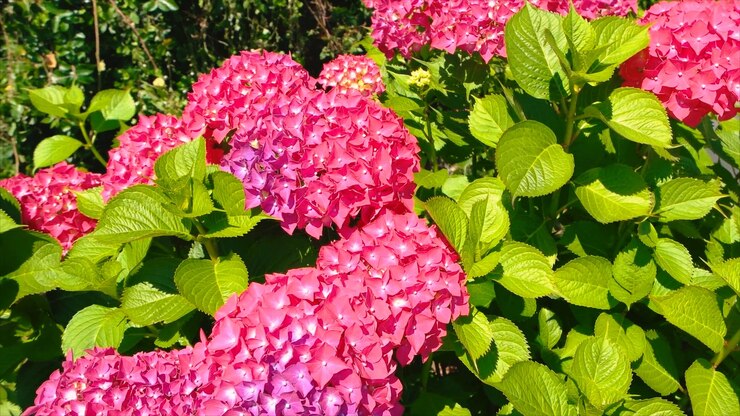
Hydrangeas are known for their magnificent flowering. It makes sense to prune the plant. However, the wrong pruning can result in a lack of splendor the following year.
Our lovely hydrangeas often lose their gorgeous blooms as summer draws to a close. By September, the flowering period usually comes to an end, and the plant begins to prepare for its winter break. To help it flower more abundantly next year, it’s a good idea to remove any wilted flowers. Otherwise, the hydrangeas may only flower sparsely the following year. When it comes to pruning, timing is everything! The right time depends on the type of hydrangea. If it’s a diseased plant, such as one affected by mildew, it’s best to prune it earlier.
Flowers are cut off depending on the pruning group
Although many gardeners like to care for their plants regularly and remove wilted flowers, you should be patient with hydrangeas. Depending on the species, hydrangeas are divided into two different pruning groups, which differ in terms of both the timing and the extent of pruning. This also applies to the removal of wilted flowers:
- Pruning group 1 includes the garden or farmer’s hydrangea (Hydrangea macrophylla), the climbing hydrangea (Hydrangea petiolaris), the plate hydrangea (Hydrangea serrata), the velvet hydrangea (Hydrangea sargentiana) and the oakleaf hydrangea (Hydrangea quercifolia).
The buds of these plants are already laid in the old shoots in the previous year, so the flowers should only be removed in early spring by mid-March at the latest, directly above the first well-developed buds. - Pruning group 2 includes the snowball hydrangea (Hydrangea arborescens) and the panicle hydrangea (Hydrangea paniculata), as well as the special Endless Summer hydrangeas, which belong to the farmer’s hydrangeas and are an exception here.
These species only develop buds on new shoots, so the old shoots can be removed directly after flowering over a well-developed pair of leaves – then, with a bit of luck, the plant could even flower a second time by the fall. However, you can also leave the flowers on the bush over the winter and then cut the whole plant back by two thirds from the end of February to the beginning of March.

